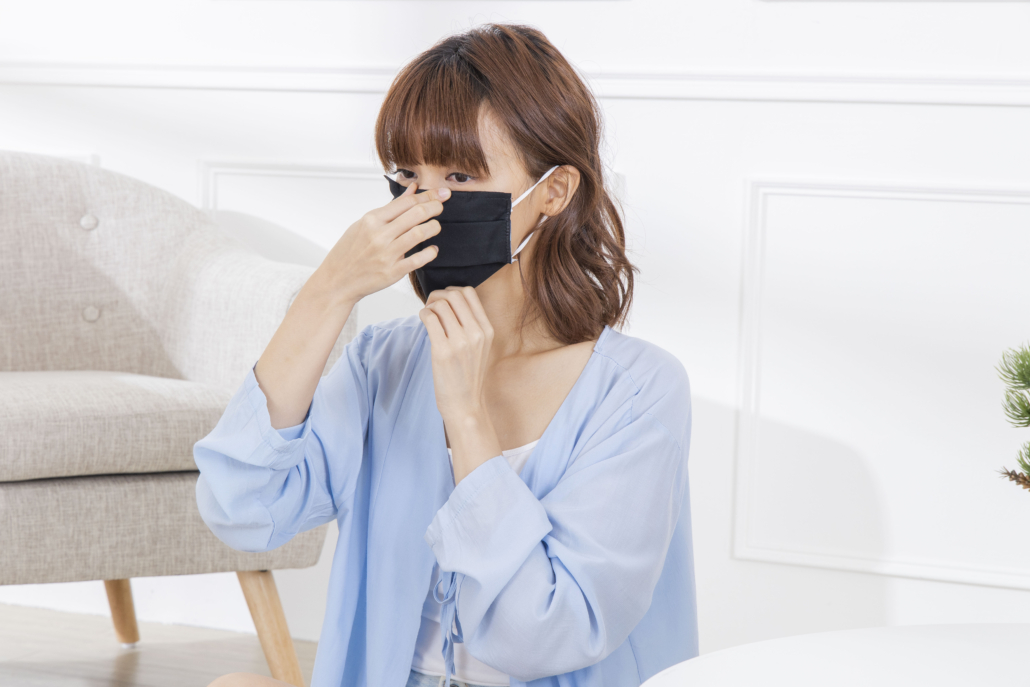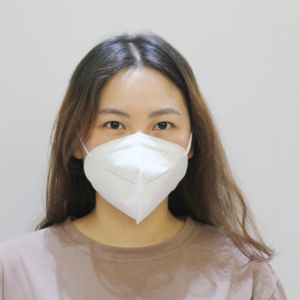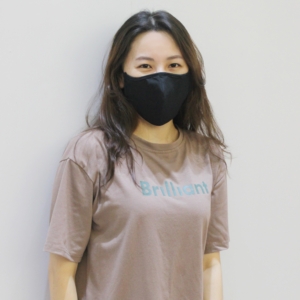Face Masks After the Pandemic as a Means to Protect Our Health
If one were to take a look back at how things were a couple of years ago, they would notice that things have changed quite a bit when it comes to people’s health. The pandemic has us all being much more careful and protecting ourselves by wearing face masks whenever in a closed area without sufficient room for safe social distancing.
People are doing their best to keep a safe distance between each other and not overcrowd small places. We’re slowly realizing the importance of wearing a face mask, and it’s something that should remain a habit even after the pandemic is over. Even though the masks themselves were made necessary by the pandemic, they also protect from a plethora of other contagious diseases and germs which exist even outside of this pandemic.
What do face masks do?
Even though it was a nuisance at first, most of us are already used to the idea of wearing a face mask when we leave our home. Most people probably have one in their pocket, one in their bag, and chances are they have a few spares in their car, too.
Face masks, like our UNS1 certified (AFNOR regulation for reusable mask) Washable Face Mask, have two main goals. The first one is to provide the wearer with a physical protective barrier against any kinds of germs. The second one is to prevent the wearer from potentially exhaling infectious droplets in the air, and thus protecting the people around them.
When you combine these two things, it’s easy to see why millions of people around the world didn’t catch the common cold, or other similar easily-transmissible diseases, in the past year and a half. Wearing a face mask provides extra protection for everyone, and not just against COVID.
Face Masks have Come a Long Way
If one were to take a look at historical events, you would notice that wearing face masks as a form of protection from transmissible diseases isn’t exactly a recent phenomenon. Back in the 17th century, the plague was a big deal, and if you were to come across drawings and engravings of this time, you would notice that plague doctors used to wear a face mask.
Later on, during the extremely deadly Manchurian plague in the beginning of the 1900s, a Chinese-Malaysian doctor created a PPE-style mask that would protect him, as well as all the members of his team, from the deadly plague. They were treating a lot of patients and the masks, made from wool and gauze bandages, protected them from the extremely contagious disease.
Today’s face masks are an evolution of the masks used back then, but they’ve changed in some very significant ways. Let’s take our 3D Bacterial Filtration Mask as an example. The masks used years ago were usually large, heavy and not really comfortable. Even though they were a form of protection, they weren’t something you could’ve worn throughout the day.
Nowadays, masks are lightweight, fit very well, and can be worn for hours without them being uncomfortable. They aren’t size specific, which means they’re comfortable for just about everyone, and you don’t have to adjust them for a better fit, because they’re universal in that regard.
No products found which match your selection.





